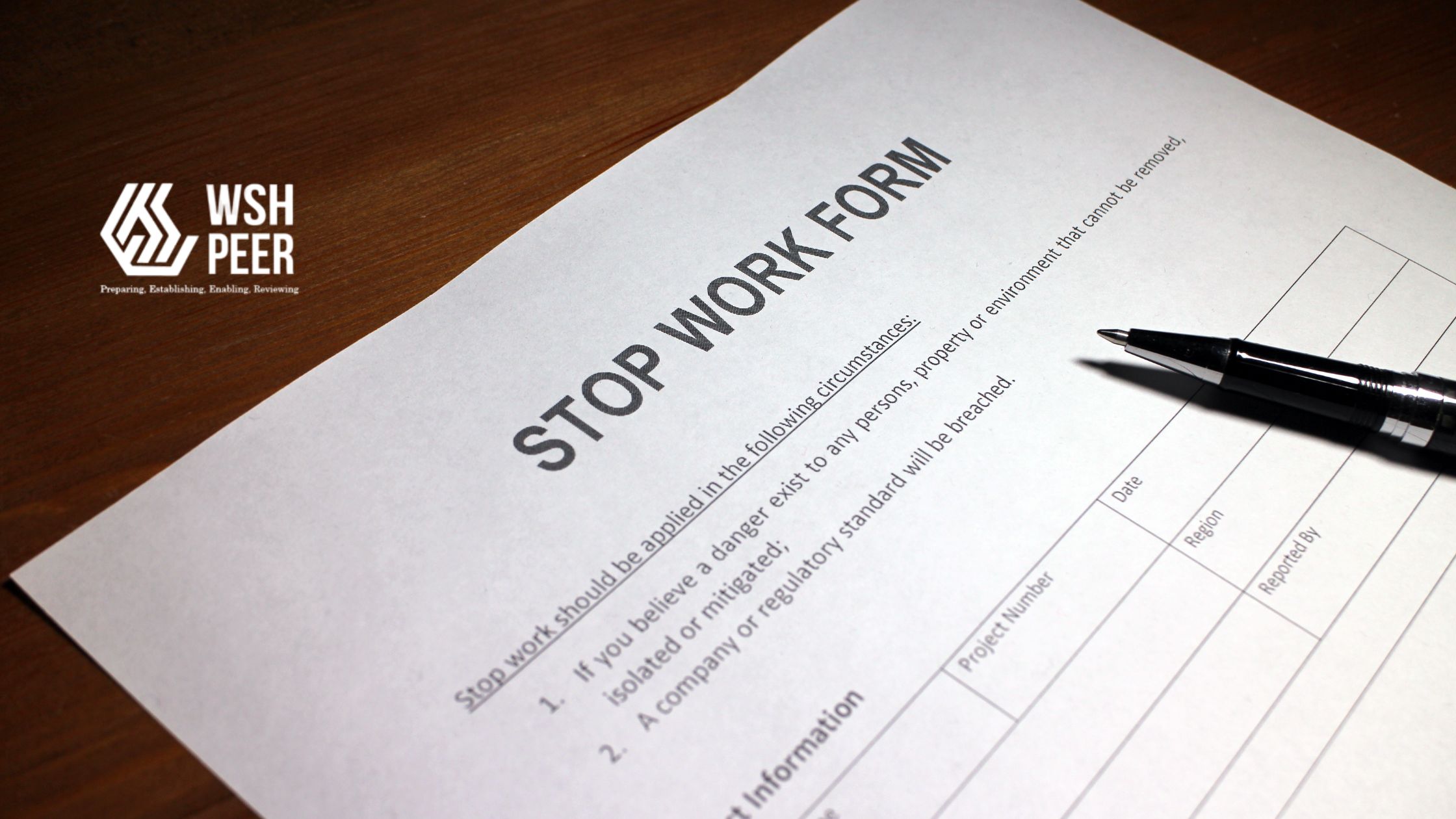Implementing Golden Rules of Workplace Safety: A Path to a Safer Work Environment
In Indonesia “Utamakan Keselamatan dan Kesehatan Kerja!” This phrase is often seen in project sites, factories, and offices. However, the question remains: Are the Golden Rules of Workplace Safety truly being followed, or are they merely decorative slogans? The Golden Rules of HSE are not just recommendations; they are fundamental guidelines that must be adhered to by everyone in the workplace, from management to field workers. Their purpose is straightforward: to protect individuals from the risks of accidents and work-related illnesses.
The Essence of Golden Rules HSE
The Golden Rules of HSE consist of three core principles that form the foundation of safety culture across various industries, including construction, oil & gas, and manufacturing. While the wording may differ from one organization to another, the essence remains the same:
- Compliance with Rules and Procedures: Every worker must adhere to the established operational standards and safety guidelines.
- Intervention for Unsafe Actions: Everyone has the right and responsibility to prevent hazards, even if it is not their direct responsibility.
- Stop Work in Unsafe Conditions: Workers have the right and obligation to halt work if they identify serious potential hazards.
These principles should become automatic habits in the workplace. However, the reality often falls short of this ideal.

Challenges in Real-World Implementation
Many companies display safety posters and banners prominently, yet the practical application of these principles remains weak. Common issues include:
- Knowledge Without Understanding: Employees may memorize slogans like “Zero Accident” without grasping the concrete steps necessary to achieve this goal.
- Lack of Leadership by Example: When supervisors fail to follow procedures, subordinates are likely to mimic this behavior.
- Safety Compromised for Productivity: Under time pressure, workers often disregard safety procedures to complete tasks more quickly.
- Infrequent Reporting of Near Misses: Many workers fear blame, despite the importance of reporting near misses to prevent future accidents.
These factors indicate that the safety culture is often perceived as a formality rather than a collective commitment.
Why Consistency in Golden Rules Implementation is Lacking
Several reasons contribute to the inconsistent application of the Golden Rules:
- Low Awareness: Many view workplace safety as solely the responsibility of the Health, Safety, and Environment (HSE) department rather than a shared duty among all employees.
- Ineffective Communication: Training often consists of briefings without practical demonstrations or simulations.
- Misguided Work Culture: There is a false pride in working quickly, even at the expense of safety.
- Lack of Clear Consequences: Violations of safety protocols often go unpunished, leading to repeated infractions.
- Poor Leadership Role Models: Employees struggle to maintain discipline when leaders do not set a good example.
Successful Implementation of Golden Rules
Despite these challenges, several companies have successfully demonstrated that the Golden Rules can be effectively implemented. Here are some best practices:
- Safety-Conscious Leadership: Leaders who regularly engage with workers on-site and provide educational feedback foster a culture of safety.
- Fair Reward and Penalty Systems: Employees who report hazards receive recognition, while violations are addressed firmly and proportionately.
- Interactive Training: Training sessions that include emergency simulations, evacuation drills, and educational games make safety more engaging.
- Employee Involvement in Risk Identification: Field workers should be included in hazard analysis before work begins.
- Ongoing Internal Campaigns: Initiatives such as competitions, inspirational stories, or internal media can enhance safety awareness.
These steps make workplace safety feel more vibrant and integral to the work culture rather than a mere administrative burden.
The Role of PEER in Enhancing Workplace Safety
To effectively implement the Golden Rules, organizations can leverage the PEER management system. PEER offers modules such as Personnel Management, PTW Management, Inspection, Asset Management, Quality Control, and Workflow, which streamline compliance with health and safety regulations.
For instance, the PTW Management module can help ensure that all work permits are issued following safety protocols, while the Inspection module allows for regular checks to identify potential hazards before they lead to incidents. By integrating PEER into daily operations, organizations can foster a culture of safety that aligns with the Golden Rules of HSE.
Conclusion
The Golden Rules of K3 are not merely beautiful slogans; they represent fundamental values that save lives. However, these values only hold significance when all parties, from leadership to workers, genuinely implement them. If the workplace still echoes the sentiment of “getting it done quickly,” it indicates that the safety culture has not yet taken root. A robust safety culture will only flourish when supported by exemplary leadership, consistency, and a collective commitment to caring for one another. Ultimately, the Golden Rules are not meant to be displayed but to be actively practiced.







